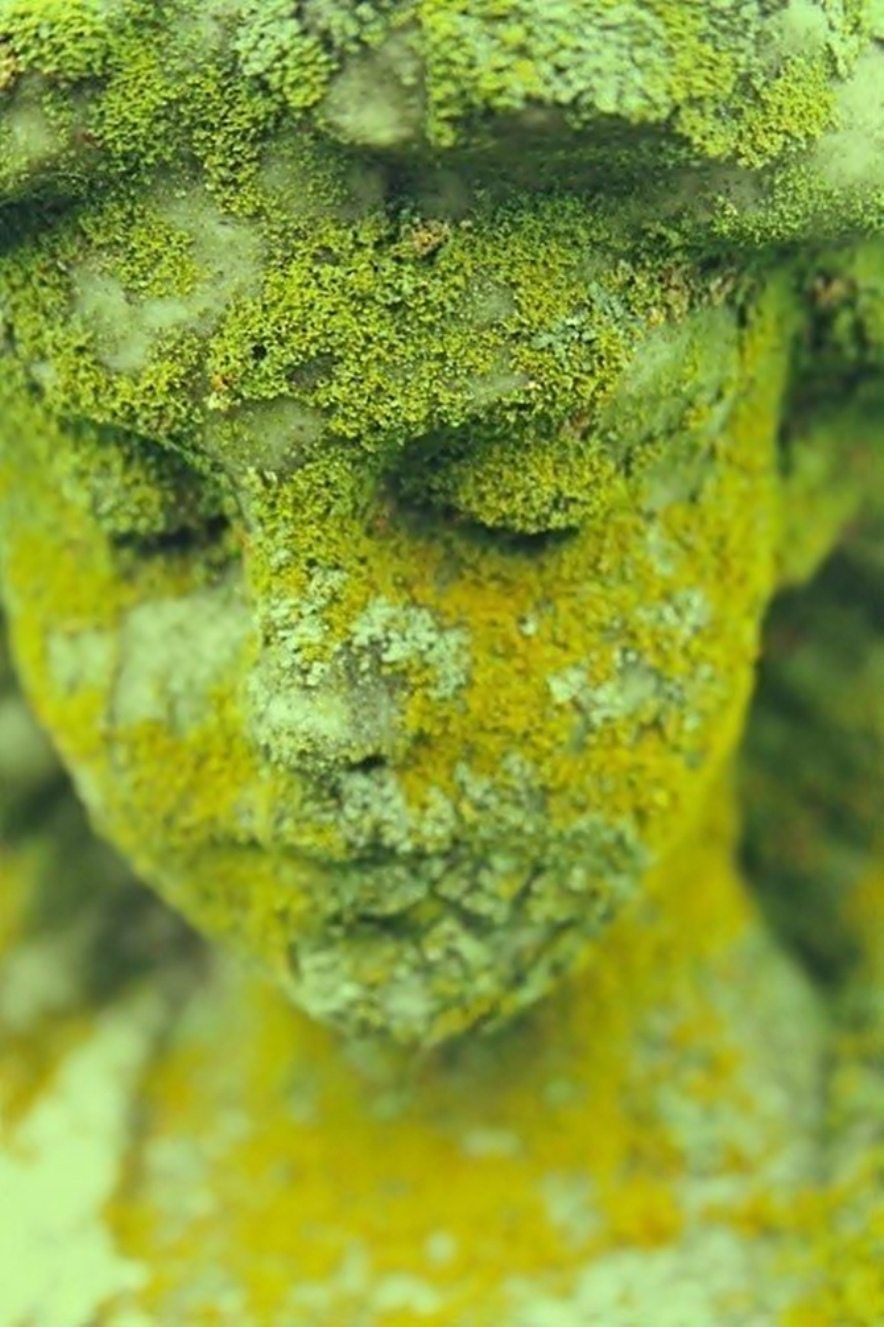Etymology of the word suffering, coming from several sources:
1. Derived from “to suffer”, with influence from the Christian Latin “sufferentia”.
2. From the Latin “sufferentia”, meaning “resignation, tolerance”.
3. From popular Latin “sufferīre”, alteration of classical Latin “sufferre” (“to bear, endure”) of “fero” (“to carry”) with the prefix “sub-“
This generally means to endure, to undergo, to face. It is perceiving what is true, it is facing the painful and raw truth. Everyone has their own truth, depending on their relationship to their reality. The set of truths of a spider includes its entire relationship to its reality. The same goes for a cat or a human being. A person’s truth corresponds to their relationship to their reality. Truth corresponds more exactly to the reflection of reality, to an objective exteriority.
It can be a reality perceived by a human being, or perceived by a divine being, therefore with very different perceptions of reality because they come from physical or subtle planes.
When the objective external truth is out of sync with the subjective inner truth, suffering occurs because there is discomfort and pain in dealing with this discrepancy. Looking at what is true means accepting the truth and recognizing our mistakes. The greater this gap, the greater the suffering produced. But this requires us to rectify our truth cursor and reduce the gap. And therefore to live more in tune with the truth that imposes itself on us.
To incorporate the total truth into oneself is to embrace suffering in order to become one with it. It’s integrating your shadows and your light. It is the ultimate teaching of suffering to merge with a higher external truth. The difficulty of the process of suffering is proportional to its power of transformation and alignment with truth.

